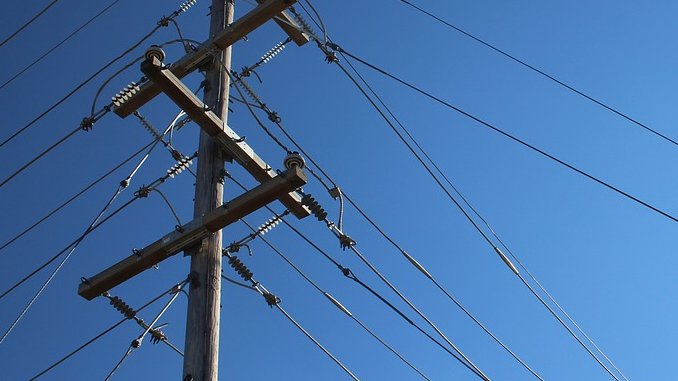Two of the most influential groups in the electric cooperative sector (EC) hailed the signing of a law providing support to electric cooperatives adversely affected by calamities, with both expressing optimism that the new measure will further accelerate rural electrification as well as boost important grassroots initiatives in the countryside.
President Rodrigo Duterte signed on June 29 Republic Act 11039 which mandates the creation of an Electric Cooperatives Emergency and Resiliency Fund (ECERF) to be managed and administered by the National Electrification Administration (NEA).
RA 11039 appropriates an initial amount of 750 million pesos as state funding for ECs’ emergency and resiliency initiatives. The money shall be derived from the seven billion-peso budget of the National Disaster Risk Reduction and Management fund for ECs.
“The new law is nothing short of a milestone for the EC sector. It’s a validation and recognition of the important role being played by ECs in provincial economies throughout the Philippines. We will now be assured of emergency funding, through the NEA, when disasters and calamities occur,” Philippine Rural Electric Cooperatives Association, Inc. (PHILRECA) President Presley De Jesus said.
“The new law is nothing short of a milestone for the EC sector. It’s a validation and recognition of the important role being played by ECs in provincial economies throughout the Philippines.”
For its part, the National Association of General Managers of Electric Cooperatives (NAGMEC) through its President, Sergio Dagooc, stressed that the law will positively affect rural development initiatives.
“Rural electrification drives the countryside forward. People in Manila and metropolitan areas in the country may not be fully aware of the existence and importance of ECs, but go to any province around the country and one realizes that ECs are the lifeblood of commerce and everyday existence, as these ECs are the entities that provide power in rural areas. We empower the provinces, literally and figuratively,” stressed Dagooc.
“The new law is nothing short of a milestone for the EC sector. It’s a validation and recognition of the important role being played by ECs in provincial economies throughout the Philippines.”
Both EC leaders were quick to point out that ECs service a total of 12 million households nationwide and have been key engines of development in the countryside since the 1960s.
The new law assigns NEA the task of coordinating with the National Disaster Risk Reduction and Management Council (NDRRMC) in coming up with policies for the implementation of the law.
NEA Administrator Edgardo Masongsong thanked President Duterte for the law’s signing, saying RA 11039 is a welcome development not only for the 121 ECs supervised by the state-run agency but also to their member-consumer-owners (MCOs) across the country.
Masongsong added that “we believe this new measure reflects the Administration’s commitment to support ECs and member-consumer-owners, as it assures the immediate rehabilitation of power facilities damaged by natural calamities and relieves them of the financial burden stemming from the cost of reconstruction.”
NAGMEC’s Dagooc said that they will cooperate fully with the NEA by formulating and submitting its own comprehensive emergency response, vulnerability, and risk assessments and resiliency compliance plans.
“We will immediately be coordinating with the NEA in this regard,” assured Dagooc.
PHILRECA meanwhile reiterated its gratitude for the law’s passage, as it “vastly eased the financial burden” on ECs in rehabilitating key electricity distribution infrastructure damaged by calamities.
“That’s why I mentioned that the government under President Duterte now fully recognizes ECs as crucial partners in rural development because funding would be available to us when emergencies occur. This will directly benefit the millions of Filipinos in rural areas who use the services of ECs everyday,” De Jesus emphasized.

